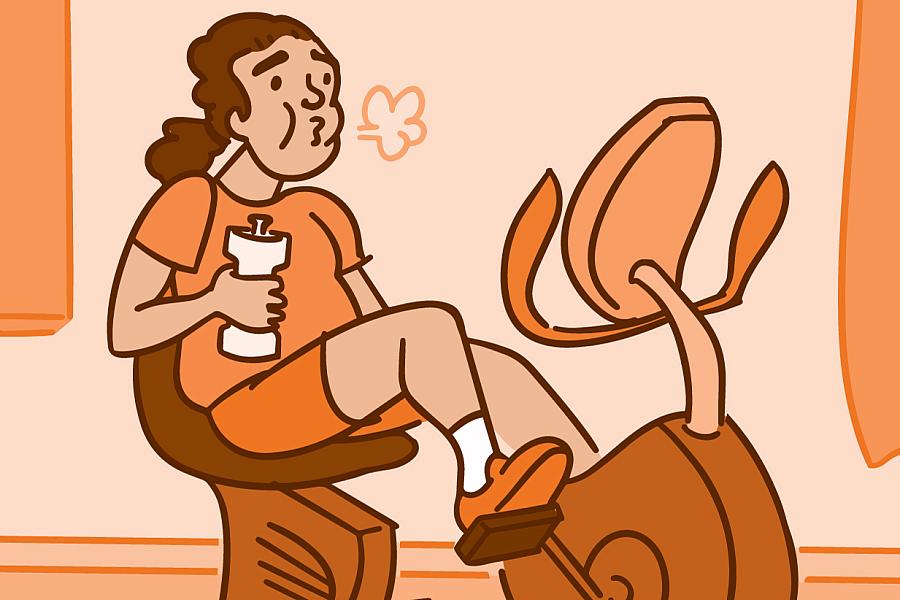Health Capsule
Sidestep Sports Injuries
Many people seem to be listening to their doctor’s advice to get active to improve their health. Playing sports can be a fun way to start moving. But a downside of getting in the game can be injuries.
Anyone who exercises should pay attention to injury prevention. But some groups are at increased risk for injury. Young athletes, for example, aren’t small adults. Their bones, muscles, tendons, and ligaments are still growing. That makes them more prone to injury.
Sports-related injuries can range from scrapes and bruises to serious brain and spinal cord injuries. The most common for kids are sprains and strains, repetitive-motion injuries, and heat-related illnesses. Learn more about children and sports injuries at Ana’s story and La historia de Ana, a bilingual fotonovela.
NIH Office of Communications and Public Liaison
Health and Science Publications Branch
Building 31, Room 5B52
Bethesda, MD 20892-2094
Contact Us:
nihnewsinhealth@od.nih.gov
Phone: 301-451-8224
Share Our Materials: Reprint our articles and illustrations in your own publication. Our material is not copyrighted. Please acknowledge NIH News in Health as the source and send us a copy.
For more consumer health news and information, visit health.nih.gov.
For wellness toolkits, visit www.nih.gov/wellnesstoolkits.




